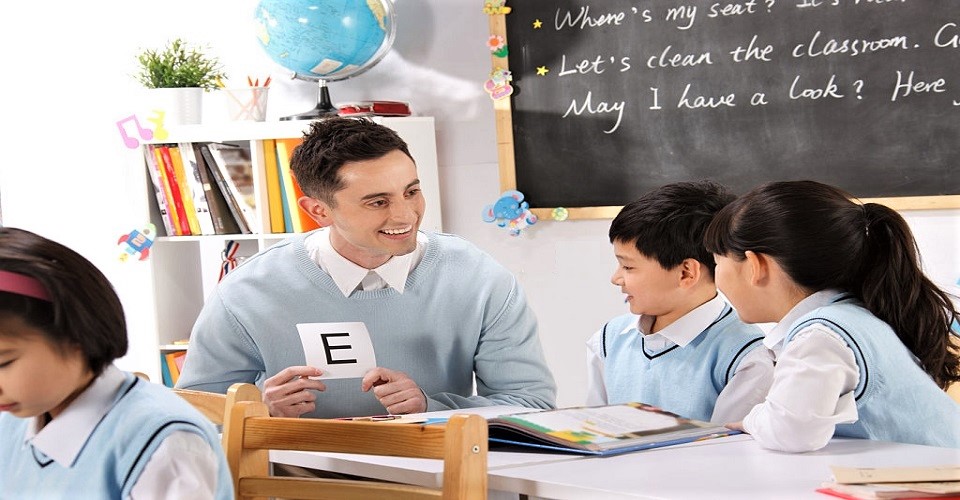What Every Teacher Needs to Know About Teaching the Dyslexic Learners
29th May 2020

A dyslexic kid experiences a lot of difficulties that can also lead to suffering from a lot of distress and cognitive disturbance in the future. Most of the time, they feel psychologically abused by their peers inside the school surroundings, for the reason that they have a learning complexity. To improve the condition, much can be done where he/she can experience the safety by developing the self-confidence and self-esteem. Dyslexic learners feel very different from their peers just for the reason that they may be not capable enough to follow the simple classroom instructions, which for others seem unproblematic.
Well, the dyslexic students have a learning differentiation, just the thing. Their brain can’t hold all those information as resourcefully as non-dyslexics, sometimes they learn in a slow manner, and at times it may seem an impossible development.
With the supervision of an effective teacher, the dyslexic students are accomplished in learning and becoming just like others:
- While teaching the dyslexic learners, writing words along with sentences by the different kinds of tangible materials, like glitter glue, LEGO, or beads is a good option. These types of multisensory activities facilitate the dyslexic children to understand and practice the information in a better manner. Different kinds of physical activities to practice spelling help them. Basically, engaging in something which is different and practical in nature, excites the dyslexic students and boosts their engagement.
- The Structured Literacy Approach is a calculated teaching technique that involves different techniques. It also focuses on connecting the sounds to their pictograms (letters) in both visually, through reading, and auditory, through spelling. This approach incorporates a methodical and collective development of knowledge, which means that the lessons are reasonably connected and build on each other.
- Using the coloured keyboards is another way of an effective teaching technique of the dyslexic learners. Usually, the keyboards with coloured overlays compare to the other and the larger letters formulate the sense of typing makes it easier to get to the dyslexic students. Now a day, many learners use the multimedia hotkeys that allow the user to play, pause, stop, or rewind audio, which is helpful. This will reduce the feelings of separation or dissimilarity which the dyslexic child may experience.
- Teachers need to have a perceptive of the problems that the dyslexic child may have within the classroom state of affairs. In positive and encouraging surroundings, give them the ample of time to complete assignments. If a section of homework is being delayed to complete, then share out it on another day so that the dyslexic child has the time to work on it. In this situation, you could also let their parents be familiar with what the homework timetable is, so they can start helping the child at home in advance.
- The popular Orton–Gillingham method has been used to teach children with dyslexia how to read for a very long time. By focusing on the association between the letters and their sounds, children with dyslexia can allocate more connotations to the language and build up a better overall understanding. This method also uses a multisensory teaching approach, which means that spectacle, sound, touch and movement all work in a cycle when learning words.
At last, it's significant to use empathy when approaching a child who struggles with dyslexia. Try to congratulate them frequently for their hard work, and give them the chance to answer questions noticeably when possible. All these teaching techniques have been a part of approximately all the SEN online courses. By applying these techniques, you can work better to help develop the dyslexic children.

